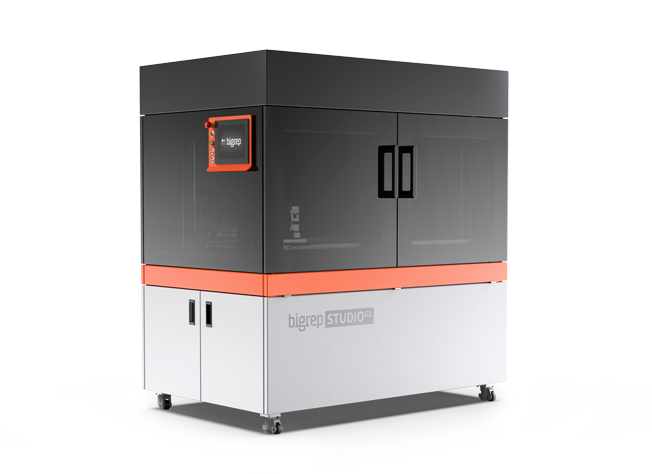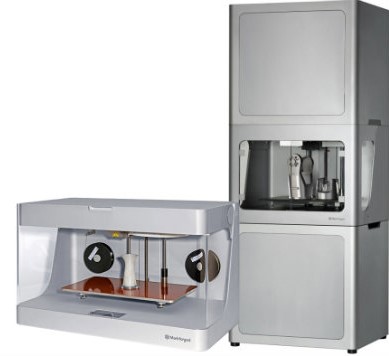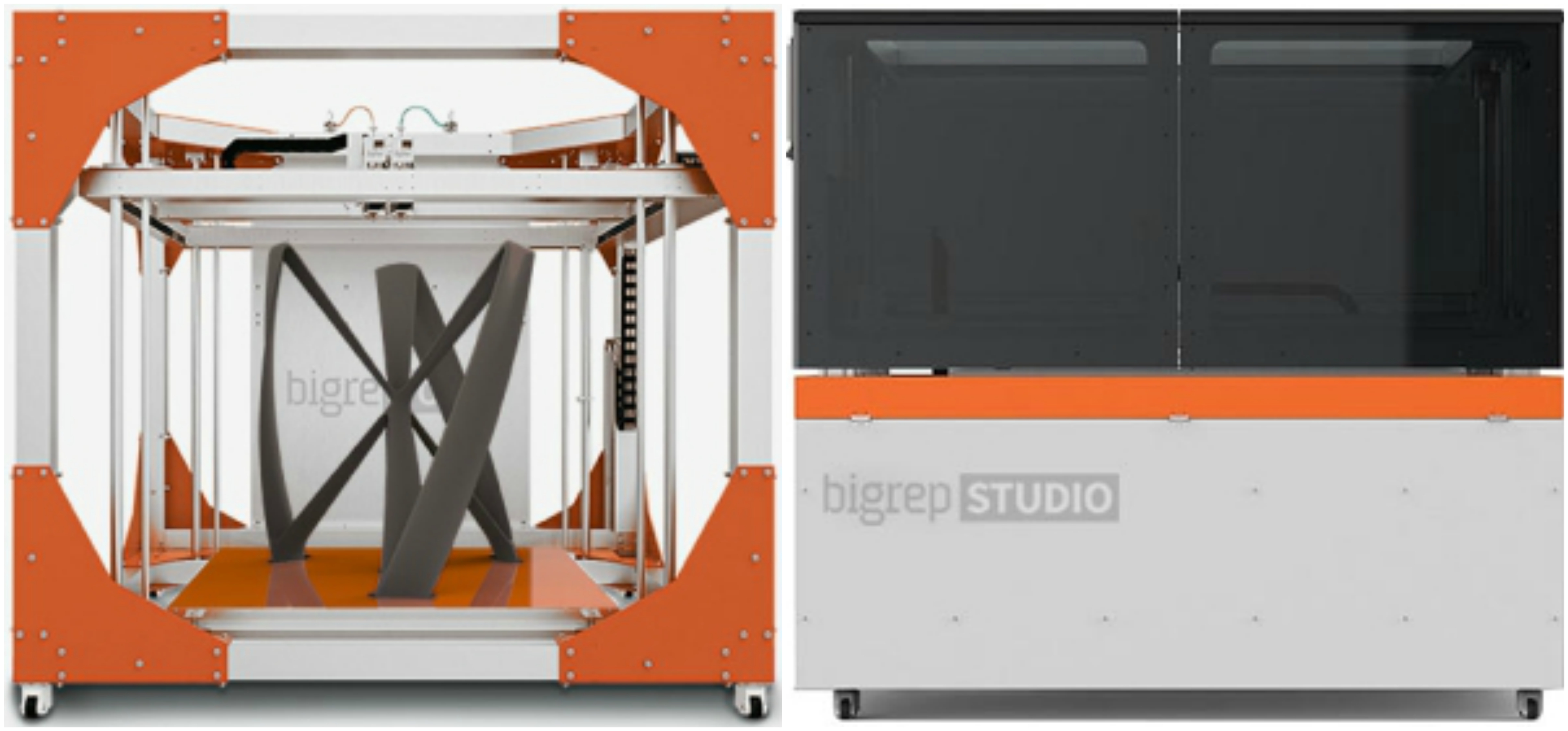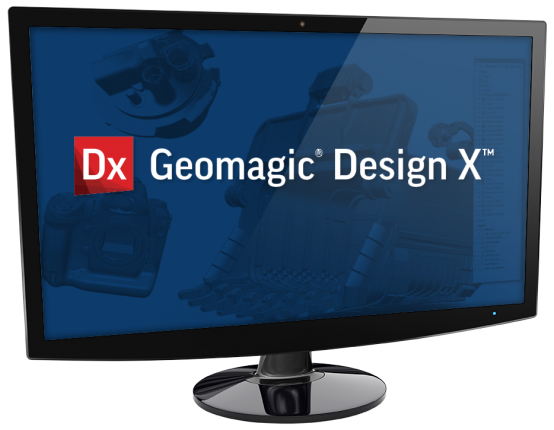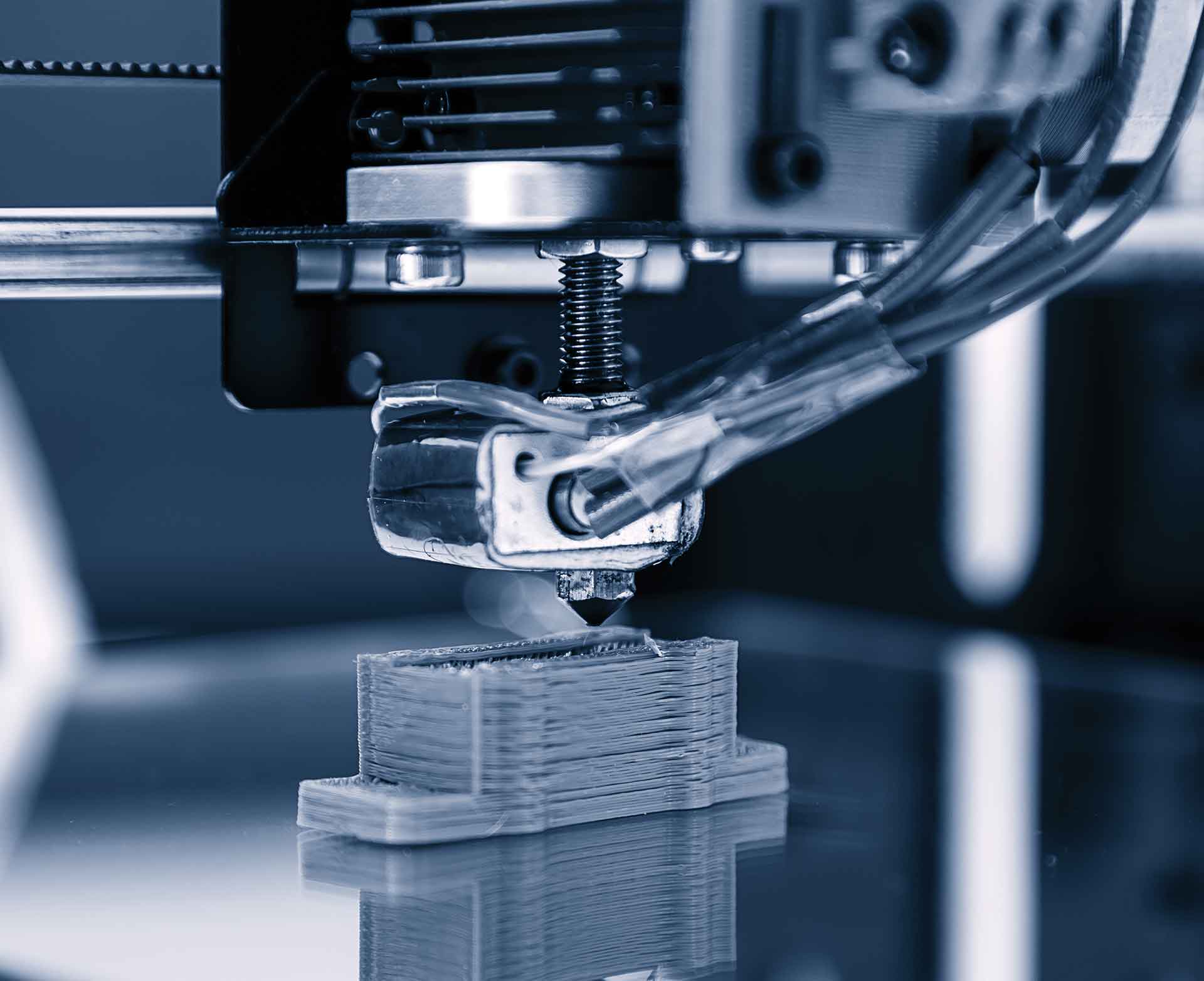But what are these materials, what advantages do they offer, where are they best used, and how can you work with them? Let’s dig into everything you need to know about carbon fiber 3D printing!
Why you need Carbon Fiber 3D Printing
Industrial environments often demand specific mechanical properties and finely tuned precision. Fortunately, carbon fiber 3D printing brings the strength and stiffness of engineering-grade material to additive manufacturing.
Bringing together the capabilities of a high-strength material and the many advantages of additive manufacturing, carbon fiber 3D printing offers exceptional dimensional stability in strong, stiff parts with a fine surface finish and high heat resistance – ideal for functional, performance applications.
With 3D printing moving ever deeper into end-use production, the ability to manufacture both parts and tooling using carbon fiber filament is coming ever more into demand.
Whether using these materials in moulds, jigs and fixtures, and tooling or in high-performance race cars, specialty aerospace equipment, or professional cycling equipment, carbon fiber 3D printer filament enables you to create the high-strength parts you need. Of course, as a relatively new offering in the manufacturing industry, carbon fiber 3D printing has its pros and cons that must be well understood prior to investing in its use.
What is Carbon Fiber Reinforced Plastic (CFRP)?
With that understanding of when carbon fiber 3D printing might come into play, a major question naturally follows: what, exactly, is carbon fiber reinforced plastic?
Carbon fiber reinforced plastic (CFRP) is, as its name suggests, a plastic material reinforced with carbon fiber. These composite materials bring together the qualities and performance properties of carbon fiber with the polymer material it is reinforcing. That is, the printability and ease-of-use of a standard thermoplastic like PLA, ABS, or PET gains superior performance properties from including chopped or continuous carbon fiber content.
What is Carbon Fiber Filament?
Carbon fiber filament is simply 3D printer filament made using CFRP.
BigRep’s PET-CF is an excellent example of this type of material. Made of PET (polyethylene terephthalate) reinforced with carbon fiber, PET-CF offers dimensional stability and low moisture absorption that can be 3D printed to produce exceptionally strong, stiff parts with a fine surface finish and heat resistance up to 100°C.
FFF (extrusion-based) 3D printing uses chopped carbon fibers. These small — sub-millimeter-long — fibers are mixed into a standard thermoplastic as a reinforcing material. Continuous fiber strands are stronger and longer, but require a more involved 3D printing process with two print nozzles.
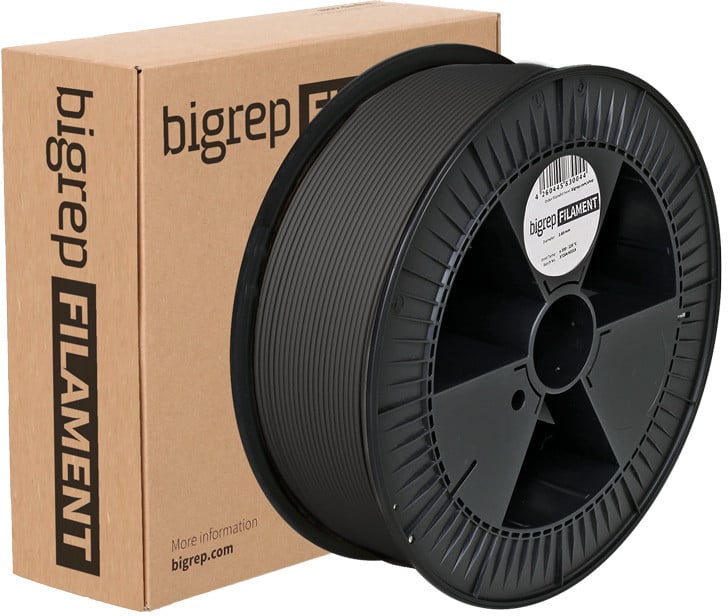
– ProHT (ABS-Like) – $129.95 for 2.5 kg Spool
– PLA – $72.00 – for 2.3 kg spool
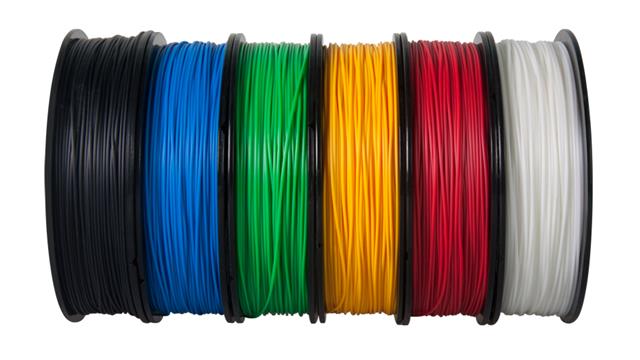
Prints using PLA, PETG, Pro HT, TPU, PA6/66
Pros of Carbon 3D Printing
The advantages of carbon fiber 3D printing come down to possible the performance properties. These include:
High Strength
Heat Resistant
Light Weight
Stiffness
Cons of Carbon 3D Printing
No material ticks every box. The downsides of carbon fiber 3D printing materials generally include investment, equipment, and brittleness, as well as the makeup of a given material option.
Cost
Brittleness
Specialized Equipment
Material Makeup
Where is CFRP used?
CFRP 3D printing is best put to use in manufacturing environments. Among the primary uses of these materials are the creation of moulds, jigs and fixtures, and tooling.
Composite Moulds & Thermoforming Moulds
3D printing moulds is one of the most cohesive ways of advanced and traditional manufacturing technologies working together in an industrial environment. 3D printed moulds offer the complexities and speed-of-production of 3D printing to the mass production capabilities of mould-based manufacturing.
When it comes to composite moulds and thermoforming moulds, the performance properties of CFRP are a natural fit.
Composite moulds are one of the most common manufacturing methods to cost-effectively produce large batches of identical parts. As their name implies, composite moulds are made using composite materials, which can be made in complex shapes and stand up to repeated use — all at a significantly lower cost than aluminum or steel moulds.
Thermoforming moulds are used to use heat and pressure to shape a flat thermoplastic sheet into the mould’s form using conduction, convection, or radiant heating to warm the sheet prior to conforming it to the mould’s surface. Thermoforming moulds must stand up to repeated high-heat usage, requiring specific performance capabilities that can be well delivered via CFRP materials.
Jigs & Fixtures, Tooling
Often viewed as supplemental to manufacturing processes — but vital in their own right — are jigs, fixtures, and tooling. Jigs and fixtures are used to hold specific parts in place throughout different stages of their manufacturing, and tooling is used throughout.
These all-important tools often perform best when customized to the application at hand and may be worn out through highly repetitive use. For these reasons, jigs, fixtures, and tooling are increasingly often 3D printed at the point of use. They can be custom-fit to their specific need and reproduced on demand without outsourcing or waiting on a restock.
3D printed jigs and fixtures and tooling last longer and perform better — especially in terms of long-lasting durability — when made of reinforced materials like CFRP.
How to 3D Print Carbon Fiber Filaments
3D printing carbon fiber filaments requires a specific production environment. Because these are “exotic” engineering-grade materials, they cannot simply be swapped out for standard 3D printer filament and expected to print with the same settings.
Requirements to Work with Carbon Fiber Filaments
Carbon fiber filament is more abrasive than many other plastic materials and has specific heat requirements.
Among the necessities for 3D printing carbon fiber filaments are:
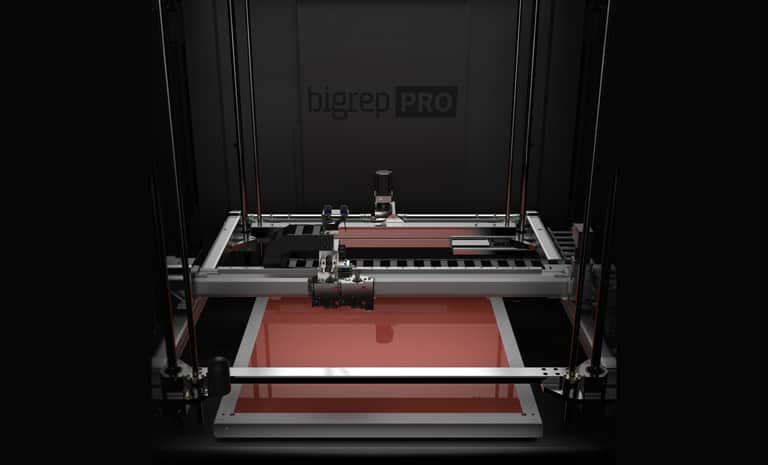
HEATED PRINT BED
Hand-in-hand with an enclosed 3D printing environment is a heated print bed. The first layer of the print must adhere to the print bed in order to lay a strong foundation for the full print job.
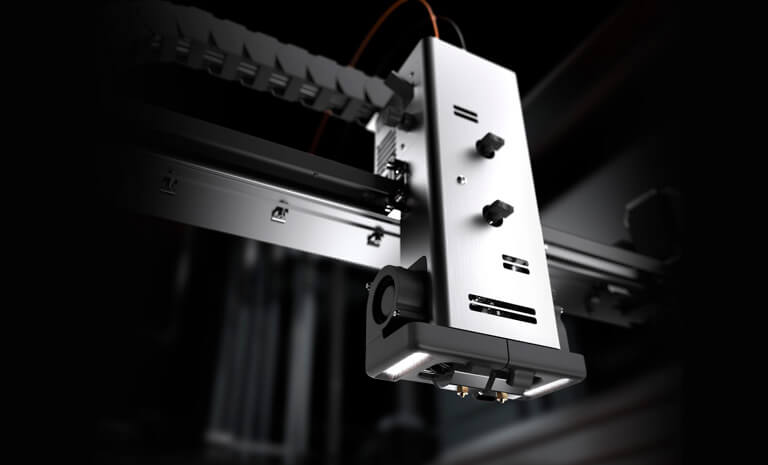
HARDENED NOZZLE
Over time — which can vary from one to a few print jobs — carbon fiber filament will wear down a standard 3D printing nozzle due to its abrasiveness. A brass nozzle, for example, will deform and erode when extruding these materials and will ultimately be rendered functionally useless. Hardened steel is a requirement for a 3D printer to handle CFRP filament.
3D Printer for Carbon Fiber Filaments
Given the extensive parameters required to work with carbon fiber filaments, it helps to work with a 3D printer designed with engineering-grade materials in mind.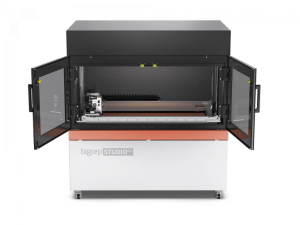
The BigRep STUDIO G2 3D printer is specially designed for reliability with abrasive and engineering-grade materials. Among its features are a fully enclosed build envelope, BOFA air filtration system, and temperature-controlled filament chamber, adding up to a fast-heating large-format additive manufacturing system produces incredible results with advanced materials.
Specific aspects of the STUDIO G2 that make it especially well suited for work with CFRP filaments include:
TOOL STEEL NOZZLES
With the inclusion of specialized tool-steel nozzles for carbon-fiber reinforced filament and other abrasive materials, the STUDIO G2 is our most versatile additive manufacturing system. Made for printing with advanced, engineering-grade filaments at high speed, the specially designed extruder achieves reliable, high flow rates to quickly produce industrial tooling up to a meter long with the options you need to perfect a part’s mechanical properties.
INSULATED BUILD ENVELOPE
The fully enclosed build envelope is the perfect environment to achieve consistent, high-quality print results. It provides users with safe and easy access to the print bed and the ability to visually monitor the printing process in a contained space. Environmental fail-safes like an auto-abort upon opening the envelope ensure a smooth and safe printing process in any setting.
FAST-HEATING PRINT BED
Preparation time is significantly reduced for all print projects with the G2’s fast-heating print bed, capable of reaching 80°C for optimal print bed adhesion with a variety of high-quality materials in just 15 minutes. Coupled with an inductive sensor that enables semi-automatic print bed leveling to ensure optimal calibration and maximum control, the STUDIO G2 is made to work fast and work well.
HEATED FILAMENT CHAMBERS
Two heated filament chambers ensure that engineering-grade materials with sensitive environmental requirements remain dry in a consistently controlled environment for best-in-class quality. Both the chambers, the print bed and the build envelope also feature independent temperature controls – going beyond industry standards to give you maximum control of your 3D printing environment.
Conclusion
When you decide to take on carbon fiber 3D printing, you’re committing to an endeavor that requires significant attention to parameters and specialized equipment and requirements. When those conditions are fulfilled, you can produce best-in-class lightweight, durable, functional parts that can stand up to a variety of industrial uses with all the complexity in design that 3D printing has to offer.

